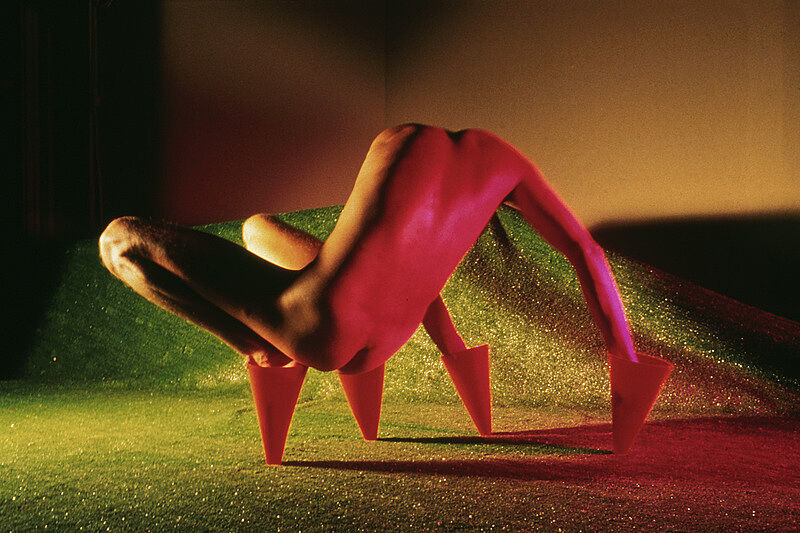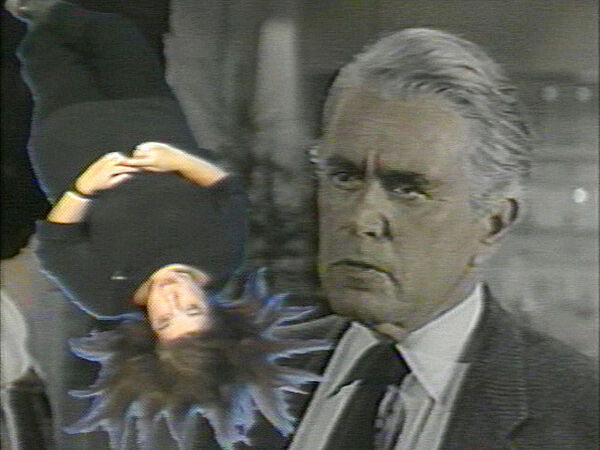Dara Birnbaum
1946–2025
Dara Birnbaum’s video art consists of sophisticated deconstructions of American media, especially those of broadcast television. Utilizing appropriated imagery and sound, her works are both formal compositions as well as politicized commentaries on how gender, sexuality, and other social norms are perpetuated through the codes of mainstream media culture. Birnbaum’s understanding of the aesthetic underpinnings of social systems grew out of her studies in architecture and urban planning at Carnegie Mellon University and then in painting at the San Francisco Art Institute. She turned to video as a political and aesthetic tool in the mid-1970s.
One of the earliest video works to appropriate broadcast footage, Birnbaum’s Technology/Transformation: Wonder Woman is a subversive analysis of the popular 1970s television program. By looping scenes of the title character transforming repeatedly from anonymous secretary into superheroine, the artist vividly exposes an instance of female objectification and gender hierarchies: “This is the image of a woman made by men. . . . I did not want to undo the pleasure [of the image], but it was brought to a very strong visceral level. My hope was that . . . it would empty the signification of it.” Further articulating the construction of this female archetype, Birnbaum concludes the video with the song “Wonder Woman in Discoland”—its suggestive lyrics scrolling on the screen. In addition to its presentation at the Kitchen and on a monitor in a hair salon window, the video aired in 1979 as a public-access cable program opposite a CBS broadcast of the real Wonder Woman show.
Introduction
Dara Nan Birnbaum (October 29, 1946 – May 2, 2025) was an American video and installation artist based in New York City.
Birnbaum entered the nascent field of video art in the mid-to-late 1970s, challenging the gendered biases of the period and television’s ever-growing presence within the American household. Her oeuvre primarily addresses ideological and aesthetic features of mass media through the intersection of video art, YouTube and television. She used video to reconstruct television imagery using as materials such archetypal formats as quizzes, soap operas, and sports programmes. The foundation of her work uses techniques which involve the repetition of images and interruption of flow with text and music. She was also well known for having formed part of the feminist art movement that emerged within video art in the mid-1970s.
Wikidata identifier
Q3702470
Information from Wikipedia, made available under the Creative Commons Attribution-ShareAlike License . Accessed January 6, 2026.
Introduction
Video artist known for her use of appropriated material.
Country of birth
United States
Roles
Artist, installation artist, sculptor, video artist
ULAN identifier
500034772
Names
Dara Birnbaum, Dana Birnbaum, Dara Nan Birnbaum
Information from the Getty Research Institute's Union List of Artist Names ® (ULAN), made available under the ODC Attribution License. Accessed January 6, 2026.




